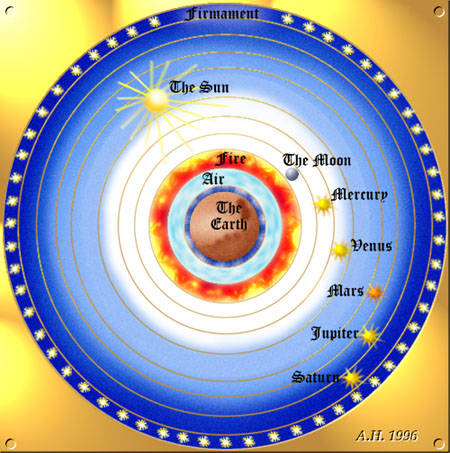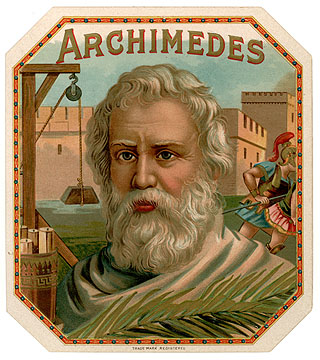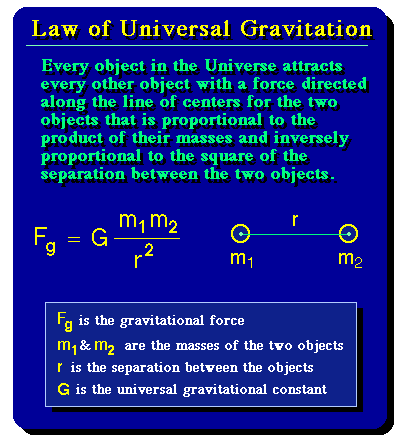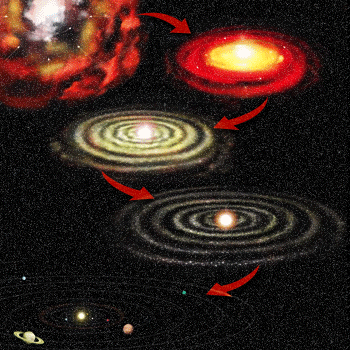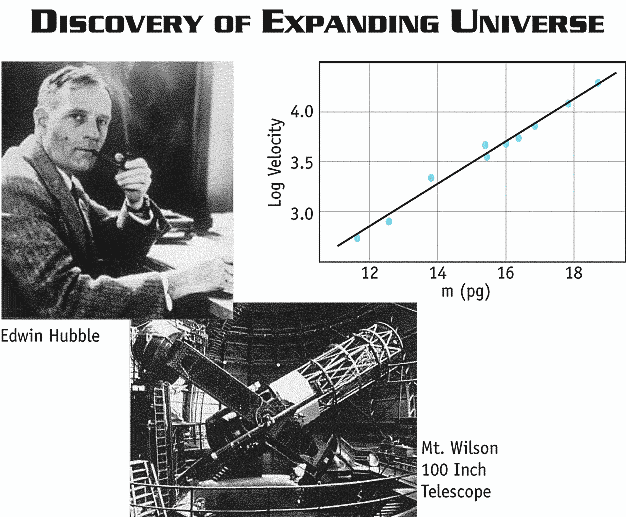
We had the sky up there, all speckled with stars, and we used to lay on our backs and look up at them, and discuss about whether they was made or only just happened.
--Mark Twain, Huckleberry Finn
Can I just say, Carl Sagan is my all time, number one personal hero? And that I would happily teach children to evoke a sense of the numinous from the heavens for the rest of my days?
Right. Done.
Today's lesson facilitates a section of the NSW Stage 5 Science Syllabus, called "Earth and Space. This page simply gathers some online resources used in the lesson.
The opening 4 minutes of the movie, "Contact" (1997). A beautiful and haunting presentation of a scientifically accurate reverse zoom, starting at the Earth and backing away to encompass the entire visible Universe.
Bonus question: The music and speech overlaying the first two minutes are significant. Why? Clue: Google "S.E.T.I".
Über-geek Bonus: Read the book by Carl Sagan. It's awesome.
There are any number of more educational representations of the scale of the universe, such as the very famous "Powers Of Ten" video, made in 1977...
and this deserves to be contrasted with a much more recent mega-reverse-zoom from the American Museum of Natural History, which incorporates the latest scientific data from satellites and telescopes:
Here is one comparing not only the size of our moons and planets, but also comparing our Sun to other, larger suns.
However, I really like this one, a great interactive flash animation that takes us all the way from the ultra-microscopic world of the Quantum Foam and upwards to whole galactic clusters!
The Scale of the Solar System.
If the Sun were a ball, say, about 10 centimeters across (A largish Softball would do), then how big would the Earth be, and how far away? What about Jupiter? And far-away Neptune?
We will be going onto the school oval to explore these questions with some resources provided by NASA.
Sheets will be pre-printed representing each celestial body and affixed to bamboo garden stakes (each 1m high). A walking odometer is used (a wheel whose circumference is exactly 1 meter, and which is run along the ground via a handle, and which clicks for each complete revolution) to measure our distances. Students are given responsibility for "their" planet and the group pace out the indicated distances appropriate for our scale model. We quickly find that the earth is a pin-prick less than one millimeter wide, located ten and a half meters from our softball-sized sun. Jupiter, 1cm across and 54m away, and Neptune, one-third of Jupiter's size and well beyond the likely fence at 315m away!
The triumph of navigating the space probe Voyager II over this distance
since 1977 should be evoked, as should it’s current mission beyond the Heliopause
at a scaled distance of 1078m (at 23-8-2013).
The point may be driven home by observing that, at the same scale, the nearest star to the Sun, which is Alpha Centauri (4.37 light years away), will lay some 290,000km from the sports oval, which is the same as going completely around the Earth some seven times, or three-quarters the distance to the Moon.
Another point you may wish to make is that this kind of "all in a line" planetary alignment, called a Syzygy, almost never happens. A kind of alignment happens every few centuries, but it's not perfect. Astronomers talk about planets being in the same "quadrant", roughly the same part of the sky, with the next one due in the 29th century.
There are a number of videos that present a scale model of the Solar System, such as this one from Bill Nye:
I take the view that, with Cosmology being such a largely theoretical topic, it's a good opportunity to do something tangible and which can employ student's own senses, rather than leaving the topic in the realm of the almost incomprehensible "billions and billions", both in terms of years and of light-years.
Part II: the scale of the Universe in Time.
We will wrap up our study of the scale of the Universe by looking briefly at its scale in time.
The best aid here will be a short video from the incomparable Cosmos program where Carl Sagan puts the life of the Universe, and of our existence as a species and as a civilisation, into perspective with his "cosmic calendar".
A History of Cosmology.
 |
| A mindmap of some concepts requiring coverage by the NSW Physics Syllabus. The ones in orange are the ones we are looking at today, including some of the key discoveries in Cosmology. |
In the second lesson, we will complete our survey of the scale of the Universe and turn our attention to the history of how we have understood its composition, age, and arrangement.
The lesson should take the form of a teacher-led exposition of the key ideas and figures, with picture aids as required (a sample are included below). Students should take dot-point notes and demonstrate those notes would be sufficient to recall the relevant facts in an exam.
Mesopotamian Cosmology: (~16th century BCE). A circular Earth surround by a "Cosmic Ocean"
Biblical Cosmology: (until the 4th century BCE, when the Greek, and later Ptolemaic views were regarded as consonant with scripture). Remind the class it took the Catholic church 400 years to apologise to Galileo. It consiseted of the Heavens existing above the (flat) Earth, and an Underworld below, with the "waters of chaos" surrounding.
Aristotalean Cosmology: (3rd century BCE).The Four Elements
Aristotle believed that all bodies are made up of four elements: earth, water, air and fire. These elements naturally move up or down, fire being the lightest and earth the heaviest.
The cosmos is then made of a central earth (which he accepted as spherical) surrounded by the moon, sun and stars all moving in circles around it. The celestial bodies are perfect, and although finite in extent, were eternal in time. The initial motion of these spheres was caused by the action of a "prime mover" which acts on the outermost sphere of the fixed stars; the motion then trickles down to the other spheres through a dragging force.
Aristotle created a complex system containing 55 spheres which, despite being wrong, had some predictive power in explaining most of the observed motions of the stars and planets.
He posited "Aether" and "Quintessence" as two substances that filled the heavens. Aether was a kind of celestial "air" and "Quintessence" a magic substance which the stars (and other planets) were made of. The presence of a small amount of "Quintessence" on the Earth accounted for the influence the planets could have in people's lives.
Archimedes and The Sand Reckoner: (3rd century BCE)
Archimedes attempted to estimate an upper bound for the number of grains of
sand required to fill the Universe. To do this, he used the heliocentric model of Aristarchus of Samos.
The original work by Aristarchus has been lost, but it describes the Sun remaining unmoved while the Earth revolves about the Sun. In Archimedes' own words:His [Aristarchus'] hypotheses are that the fixed stars and the Sun remain unmoved, that the Earth revolves about the Sun on the circumference of a circle, the Sun lying in the middle of the orbit, and that the sphere of fixed stars, situated about the same center as the Sun, is so great that the circle in which he supposes the Earth to revolve bears such a proportion to the distance of the fixed stars as the center of the sphere bears to its surface.
Interestingly, the figure he arrived at assumed the Universe was only about two light years across, and yet, if it were totally packed with sand, would contain about the same amount of nucleons (subatomic particles) as we now estimate the Universe has, which is about 10^80 (called the Eddington number). So Archimedes was kind of right, even while he was wrong.
Islamic Cosmology: (~8th to 13th Centuries)
The Persian world, for a time, preserved the knowledge of the Greeks at a time when Europe was in the Dark Ages. Various Islamic astronomers proposed ideas which were ahead of their time, and which did not gain experimental verification until the Renaissance began. These included:
- Criticizing the idea of the Earth's centrality within the universe.
Rejecting the Aristotelian view of a single world or universe in favour of the existence of multiple worlds and universes. - In contrast to ancient Greek philosophers who believed that the universe had an infinite past with no beginning, medieval philosophers and theologians developed the concept of the universe having a finite past with a beginning. Islamic cosmology incorporated this belief.
- Determined that because the Milky Way had no parallax, it was very remote from the earth and did not belong to the atmosphere.
- Proposed the Milky Way galaxy to be "a collection of countless fragments of the nature of nebulous stars.", and that it was "made up of many stars which almost touched one another and appeared to be a continuous image due to the effect of refraction from sublunary material".
- Recognised that the stars are much larger than the planets, and thus arguing Astrology must be wrong; for if the planets were smaller, why should they be seen as having influence over human lives?
Tycho Brahe: (16th century)
The Tychonic System posited the planets orbit Sun, but that the Sun orbits Earth. This was in an attempt to preserve some elements of the Ptolemaic system but to come up with a better explanation for the restrograde movement of the planets as seen from Earth.
Nicholas Copernicus: (1543)
Copernicus revived the idea of the Heliocentric theory in his work "De revolutionibus orbium coelestium". However he believed that the orbits must be circular as circles were more perfect, even though observations of the planets showed errors when circles were assumed.
Johannes Kepler: (1610)
Kepler discovered that the orbits of the planets were elliptical rather than circular, with the sun as one focus of the ellipse. This allowed theory to almost perfectly match observation.
Kepler's three laws of planetary motion were:
- The orbit of every planet is an ellipse with the Sun at one of the two foci.
- A line joining a planet and the Sun sweeps out equal areas during equal intervals of time.
- The square of the orbital period of a planet is proportional to the cube of the semi-major axis of its orbit.
Newton formulated his "Laws of Motion" and gravity and this allowed the motion of
bodies in space to be explained through the effect of gravity acting under the inverse square law.
Pierre-Simon Laplace: (1825)
Laplace refined mathematical descriptions useful to astronomy; he determined that the orbits of the planets could only be stable if there existed some ratio in the orbital period between adjacent planets (for example, two orbits of Saturn equal five of Jupiter).
Laplace moved astronomy from a mathematical footing of mere geometry and into the realm of calculus, allowing more problems to be solved.
Laplace also developed the "Nebular hypothesis" which said that the Solar System began as the accretion of a great cloud of dust and gas collapsing under gravity and rotating due to the law of conservation of angular momentum. He even speculated about bodies whose gravity was so great that even light could not escape them, anticipating the discovery of Black Holes.
Edwin Hubble: (1929)
Hubble discovered other galaxies by imaging them in photographic plates attached to his telescope and demonstrated that they were other "island universes" like our own Milky Way galaxy. Previously, our own galaxy was the only one that was known of. This greatly multiplied the scale of the Universe in our conception.
He also took the spectra (the mixture of light) from distant objects and observed that the further away an object was, the more that pattern of light was "shifted" toward the red part of the spectrum. This is caused by objects receding at greater proportions of the speed of light, and by working backward, Hubble realised that the Universe must have been, at some point in the past, more concentrated (the theory which became known as the "Big Bang".
The above is only the briefest precis of the history of Cosmology. There are some developments not listed here, such as more recent discoveries afforded by the Cosmic Microwave Backround Explorer (COBE), and work undertaken to discover the nature of so called "Dark Matter", and whether this would allow the total mass of the Universe to remain "open", "closed" or "flat" ("flat" is presently the favoured theory). Related theories such as the Anthropic Principle should also be introduced to explain the "fine tuning" of the Universe (or at least the Earth) as favourable for life.



